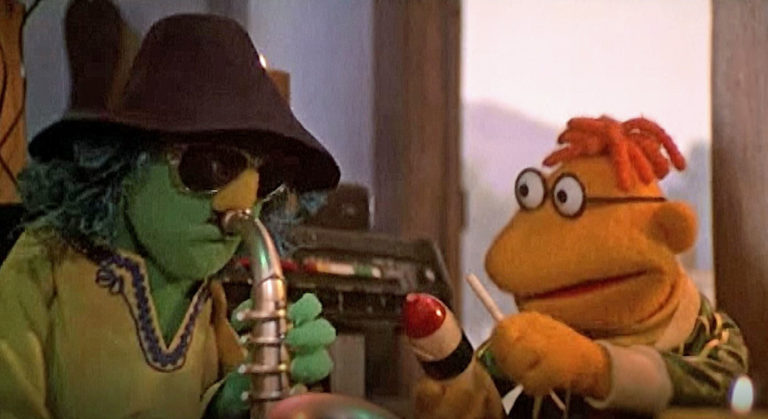
Strangelove, and the script makes plenty of allowance for him to be utterly despicable. Scott-the character animators based him on Scott’s performance in Dr. This also shows in the villain McLeach, who was voiced by George C. “We try to incorporate great film techniques to tell a cinematic story.’” “’We were inspired by great films, not great animation or great comics or great cartoons,’” co-director Gabriel told the Orlando Sentinel upon the film’s release. Directors Hendel Butoy and Mike Gabriel took inspiration not from the studio’s canon but from the likes of Orson Welles, Alfred Hitchcock and David Lean. Moreover, it looks different to just about any other Disney film of the time, with more modern animation than what had gone before and a unique aesthetic next to other films of the so-called Renaissance. Read more: The 25 Best Disney Renaissance Songs

#Mousterpiece spiegel how to
The opening feels like a forerunner to How to Train Your Dragon, particularly in the breathtaking scenes where Cody rides on the eagle’s back, but more importantly, it’s immediately more action-packed than the first film and signifies what will essentially be a 50/50 split in screen time between Cody and the Rescuers through the rest of the film. The first film did have a couple of songs by the characters, but this was only the second film, after 1985’s The Black Cauldron, to forego the musical element. The First Disney Action-AdventureĪlthough The Little Mermaid would mark the return of Disney musicals in a big, beautiful way, the decision was made to take songs out of the equation, so as to avoid slowing down the plot. But in a departure from the procedural elements of The Rescuers, the sequel was mounted as a full-blown action-adventure film. Voice actors Bob Newhart and Eva Gabor reprised their roles as Rescue Aid Society agents Bernard and Bianca, with John Candy providing the voice of Wilbur, brother of albatross Orville (voiced by the late Jim Jordan) from the original film. Production began that year, with animators travelling to Australia to make location and character sketches from the sweeping vistas and their animal population. But the studio had never made a sequel before and along with the first home video releases of films like Pinocchio, this was one way in which the new bosses could make the back catalogue pay.Īside from nostalgia, 1986 had seen Crocodile Dundee become one of the biggest films in the world, which may have suggested the setting of the belated sequel in the Australian Outback. Based on Margery Sharp’s books about a rodent Rescue Aid Society that helps the children of the world, the original Rescuers had been released 12 years earlier and fans of the original would certainly have grown out of the target audience by the time the film was released. On the surface, this seems somewhat at odds with the aim to make the studio’s output a big box office draw once again.

#Mousterpiece spiegel trial
Surprisingly, “a sequel to The Rescuers set in Australia” was another of the successful pitches and the film was greenlit in 1986.Įnjoy a FREE TRIAL of Disney+, courtesy of Den of Geek!

The gong show was a technique that Eisner and Katzenberg had used at Paramount and although the hit rate wasn’t high, the Disney equivalent was the breeding ground for the earliest forms of Oliver & Company, The Little Mermaid, and Treasure Planet. They moved the animation department off the Disney lot, held unsociably early department meetings on the weekend and fostered a competitive atmosphere by holding a regular gong show for feature ideas, in which anyone from animators to custodians could come in and pitch movies.


 0 kommentar(er)
0 kommentar(er)
